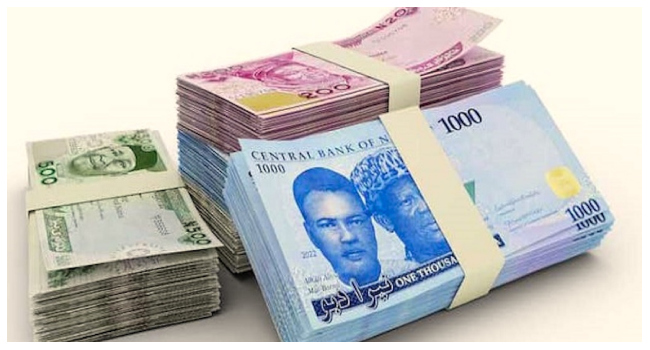The Nigerian naira has reached a five-month high, trading at 1514.86 dollars at the official window, according to data from the Central Bank of Nigeria. This development marks a strong start to September for the currency, which began the month at 1,526.09 dollars and closed at 1,514.86 dollars on Thursday at the Nigerian Foreign Exchange Market.
The naira’s recent strengthening is notable, as it last traded below the 1515 dollar mark on March 6, when it closed at 1,512.30 dollars. At the parallel market, the currency also appreciated, rising to 1,538 dollars, representing a 0.02 percent gain. The Central Bank of Nigeria’s intervention with 15 million dollars, combined with additional portfolio flows, boosted supply and drove a sharp rally to the 1519-1523 dollar range.
Analysts predict that the naira will remain relatively stable across both official and parallel markets in the coming week, supported by sustained dollar inflows and a modest buildup in external reserves. However, speculative demand and global oil price volatility may limit further gains. The outcome of the OPEC+ meeting is expected to be a key driver for crude oil prices, which could influence Nigeria’s external earnings and foreign exchange market dynamics.
Nigeria’s economy is heavily reliant on oil exports, and fluctuations in global oil prices can significantly impact the country’s revenue. The recent strengthening of the naira is a positive development, but the currency’s stability is crucial for the country’s economic growth and development. As the global economy continues to evolve, Nigeria’s foreign exchange market will likely remain subject to various external factors, including changes in oil prices and global demand.
The Nigerian government has implemented various measures to stabilize the currency and promote economic growth, including foreign exchange interventions and policies to boost domestic production. The country’s external reserves have also been gradually increasing, providing a cushion against external shocks. As the naira continues to trade near its five-month high, it is essential to monitor the currency’s performance and the factors that influence it, including global oil prices and foreign exchange market dynamics.
